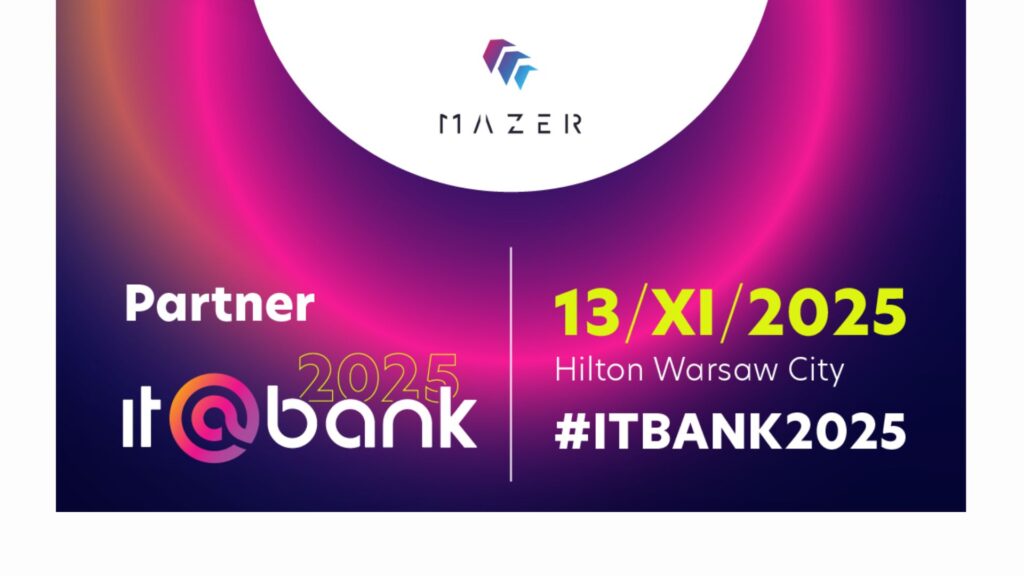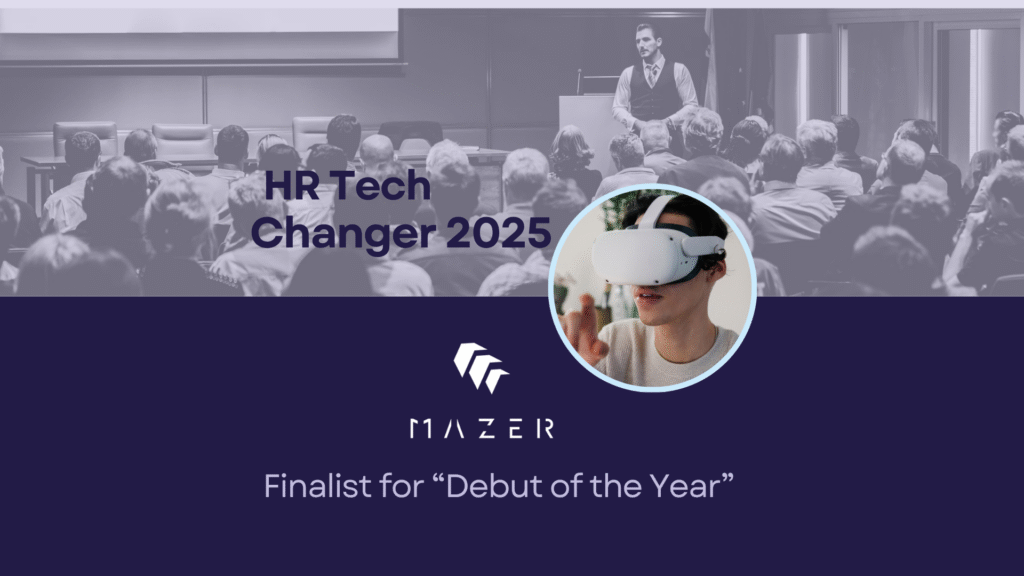How to Scale VR Training Programs?
Table of Contents:
Virtual reality transforms corporate training by creating immersive and interactive learning experiences that deliver tangible results. However, after successfully implementing VR training, many companies wonder how to take it to the next level. If you want to grow your VR initiatives, understanding how to scale VR training programs is key to maximising impact and return on investment.
There are proven ways to scale immersive learning and roll out your VR training across teams, departments, and locations, enabling your company to benefit from this cutting-edge technology at scale
Key Takeaways
- Scaling maximises ROI:
Expanding VR training ensures consistent learning impact across teams, departments, and locations. - Plan for challenges:
Address hardware logistics, user experience consistency, system integration, and cost control early to avoid rollout issues. - Build scalable infrastructure:
Cloud-based VR platforms simplify updates, analytics, and user management, making deployment easier at scale. - Empower internal champions:
Training VR leads and facilitators boosts adoption, provides learner support, and ensures sustainable growth. - Create modular, adaptable content:
Flexible training modules can be customised for roles and objectives, ensuring relevance without constant redevelopment. - Leverage analytics:
Performance data and learner feedback guide continuous improvement, identify skill gaps, and prove ROI to stakeholders. - Ensure accessibility:
Provide multiple access options—headsets, mobile VR, or desktop simulations—to maximise participation and inclusivity. - Adopt a strategic approach:
Combining the right tech, people, and processes enables efficient, effective, and future-proof VR training expansion.
Strategy 1: Build a Scalable VR Infrastructure
Start investing in a flexible and scalable infrastructure to scale VR training programs. Cloud-based VR platforms offer significant advantages by allowing content updates, user management, and analytics to be centralised and accessible anywhere.
This reduces the need for complex local installations and deployment to new users and sites. Choose VR hardware that’s user-friendly and easy to maintain to minimise support overhead as your user base grows.
Strategy 2: Train Internal VR Leads and Facilitators
Scaling immersive learning isn’t just about technology — it’s about people. Develop a network of internal VR champions and facilitators to support new learners, troubleshoot issues, and advocate for the adoption of VR across teams.
These VR ambassadors help build enthusiasm, provide hands-on support, and act as a middleman with external VR experts and service providers. This ensures continuous improvement and effective rollout at scale.
Strategy 3: Develop Modular and Adaptable Content
As you roll out VR training across different roles and departments, universal content won’t work in most cases. Expanding VR Training in companies is crucial. Develop modular VR training modules that can be customised or combined to fit learner needs and business objectives.
Using adaptable content means your VR training remains relevant and scalable without rebuilding for every new audience. AI-driven elements can dynamically change scenarios based on learner progress and feedback to personalise even at scale.
Strategy 4: Use Data and Analytics for Continuous Improvement
Scaling VR training programs requires robust analytics. Monitor learner engagement, performance metrics, and feedback to spot trends and areas for improvement.
Data-driven insights allow you to optimise content, identify skill gaps, and prove the impact of training on stakeholders. This continuous feedback loop is key to maintaining quality and effectiveness as you scale.
Read more about: Measuring the Impact of Your Virtual Training Programs
Strategy 5: Make it Accessible
When rolling out VR training in companies, all employees must be able to participate, regardless of location, schedule, or ability. Provide multiple access points such as remote VR setups, mobile VR options, or desktop simulations for those who can’t use headsets.
Accessibility features and thoughtful scheduling will help you effectively deploy VR training and maximize workforce participation.
Understanding the Challenges of Scaling VR Training Programs
Virtual Reality (VR) in workforce development presents both opportunities and challenges. We need to acknowledge the common hurdles many companies face when growing VR initiatives. These include managing hardware logistics, ensuring consistent user experience across locations, integrating VR content with existing systems, and reducing costs.
By planning for these challenges, you’ll be better equipped to scale smoothly and avoid the typical hiccups that can stall your VR training rollout.
Conclusion
Scaling immersive learning programs requires planning, the right tech, and internal and external support. By focusing on scalable infrastructure, VR Leads, adaptable content, data analytics, and accessibility, you can roll out VR training company-wide. We can help you do that. Get in touch and let’s chat.
If your organisation is ready to unleash the full potential of VR training, these strategies will help you scale efficiently and effectively across every team and location.
Why is scaling VR training important for companies?
Scaling VR training ensures that immersive learning benefits reach entire teams, departments, and locations. It maximises ROI, maintains consistency, and helps companies leverage VR as a strategic tool for workforce development.
What challenges do companies face when scaling VR training programs?
Common challenges include hardware logistics, ensuring consistent user experience, integrating VR content with existing systems, and managing costs. Planning ahead helps avoid disruptions during rollout.
How can scalable VR infrastructure support growth?
Cloud-based VR platforms centralise content updates, analytics, and user management, reducing local installations and making it easier to deploy training to new users or sites at scale.
Why are internal VR leads and facilitators important?
Internal VR champions provide support, troubleshoot issues, and advocate for adoption. They build enthusiasm, assist new learners, and act as a bridge between the company and VR service providers.
How does modular and adaptable content help scale VR training?
Modular content can be customised for different roles and objectives without rebuilding from scratch. Adaptable modules ensure VR training stays relevant and cost-efficient across multiple teams and departments.
How do analytics improve VR training at scale?
Analytics track learner engagement, performance, and feedback. These insights highlight skill gaps, prove ROI to stakeholders, and support continuous improvement as VR training expands.
How can companies make VR training accessible for everyone?
Accessibility can be ensured by offering multiple entry points such as VR headsets, mobile VR, or desktop simulations. Thoughtful scheduling and inclusive design enable participation from employees across all locations and abilities.

Author: Rafał Siejca
Rafal has over twenty years of corporate experience, including roles at Millennium Bank, Comarch, and leading software teams at PZU, one of Europe’s largest insurance companies. As one of Poland’s few true VR experts with a decade of experience, he ensures timely, high-quality project delivery as CEO and CTO.










